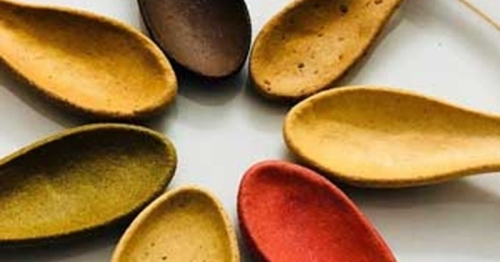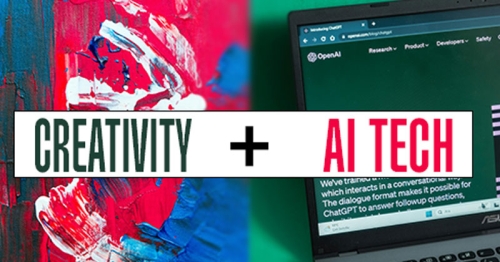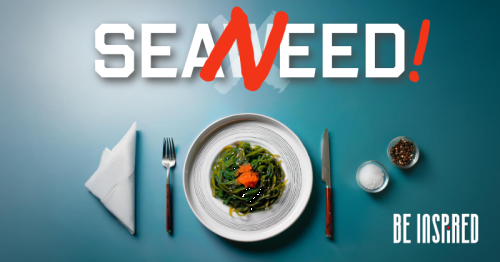For years, we’ve been eating our food’s natural ‘packaging’ from taco shells, lettuce wraps, dumpling skins, and more recently cookie shot glasses. But what if we took that idea even further? What if, instead of tossing cups and wrappers, we simply ate them?
Researchers at IIT Roorkee are already making this vision a reality. They’ve developed functional edible cups made from Kodo millet (Japani bajra) strengthened with guar gum and hibiscus powder for durability and biodegradability. This isn’t just about reducing waste, it's about weaving sustainability into everyday life, much like India’s millet traditions, which are now making a comeback. Down south in Kerala, a former CEO left the corporate world to create biodegradable cutlery from wheat bran and rice, proving that sustainability isn’t just about minimalism — it's about doing better with what we already have. It is rooted in innovation, problem-solving, and a deep rooted habit of being mindful and resourceful.
The shift from waste to taste isn’t a gimmick, it's a necessity. Traditional packaging clogs landfills, pollutes oceans, and takes centuries to decompose. Edible packaging offers a smarter way forward. Picture sipping a smoothie from a millet-based cup and then eating the cup itself - zero waste, 100% innovation.
And in India, this mindset is nothing new. Sustainability has always been part of our DNA, from roasting leftover watermelon seeds into snacks, to wrapping fresh rotis in cloth instead of plastic, eating on banana leaves, to sipping chai from kulhads. Indian food culture has long been shaped by creativity and resourcefulness, from dabbawalas delivering thousands of meals with zero waste to street vendors using newspaper instead of plastic. Edible packaging is just the latest step in this long tradition of waste-free design.
From millet cups to seaweed wrappers, the edible packaging movement isn’t just an eco-friendly experiment, it’s the next bite-sized leap toward a greener future.
Follow us on Instagram @twabeinspired







